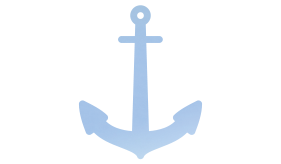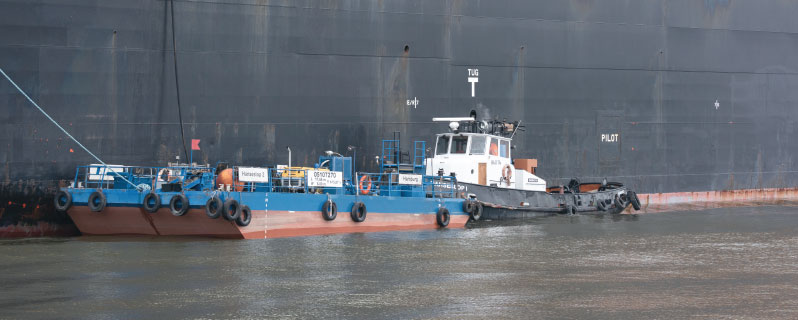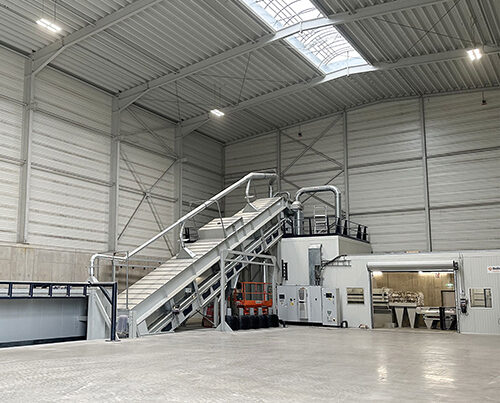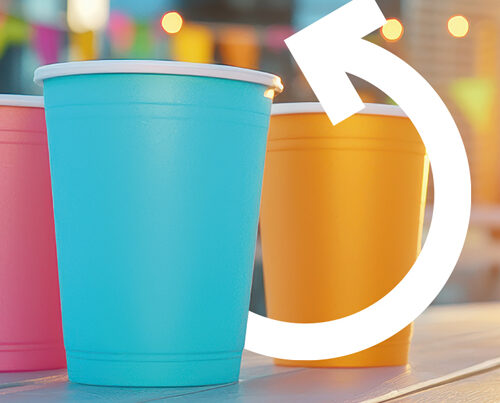Fleet includes three ships
REMONDIS’ subsidiary, Hamburger Schiffsentsorger (HS), has a rather unusual fleet of refuse collection vehicles. Besides its standard four-wheeled trucks, the company also operates three ships and a pontoon boat. HS is part of the Hamburg-based recycling business, Ascalia Kreislaufwirtschaft, and specialises in managing all types of wastes generated by ocean-going ships. And there are very few industries around that have as many waste management requirements as ocean shipping.
Waste must be disposed of at ports
There have been some radical changes made to the way marine waste is dealt with over the last few decades. Whereas unwanted materials tended to find their way overboard in the past, it is now mandatory for a ship’s crew to keep precise records about all the materials found on board. The rules and regulations that must be followed are set out in the International Convention for the Prevention of Pollution from Ships, generally referred to as MARPOL. This stipulates that ships must dispose of their waste at the ports – something that plays a key role in ensuring these standards are met. The attractive regulations put in place for shipping companies regarding waste disposal costs have also helped to reduce marine pollution caused by ships.

In 2020, the port handled 126.3 million tonnes of cargo, which included 8.5 million standard containers
A wide range of services
HS’s portfolio covers a whole range of features and offerings. Firstly, it has all the equipment needed to handle the liquid and semi-liquid wastes caused by water entering the ship while it is in operation. HS’s specialist ships take over these slops, which include so-called bilge waters and various types of sludge and oily mixtures. These substances are transported to a specialist Ascalia facility where they are separated from each other. The majority of the recovered materials are then recycled and reused.
To find out more, go to hs-entsorgung.de
Furthermore, HS provides the ships with a variety of standardised bins and containers. These are available in various sizes and can be used to store the ships’ different types of waste while they are out at sea. When they reach the port, the company then simply exchanges the full bins with empty ones. They are suitable, for example, for collecting kitchen waste as well as waste generated by the passengers and crew. A further service delivered by HS involves using pumps to remove the sewage and wastewater from the ships and then ensure that these materials are sent on for proper treatment – a service that is particularly important for cruise ships. HS’s portfolio, of course, also covers the drawing up of the relevant waste acceptance certificates that must be signed by the captain or a member of the crew.

New challenges
For years now, ships have been generating less and less waste. And, according to HS’s managing director Jörg Scheurer, this is a sign of a growing environmental awareness among the crews: “On the one hand, the cruise industry has just discovered the concept of waste avoidance. On the other, shipping companies are finding technical solutions that, for example, reduce the amount of oily wastes.”
Technically, this is certainly a challenge as this means that recycling companies have fewer attractive material groups to recycle. This can be evened out with better technical solutions and higher material recovery rates. The progress made by one industry, therefore, is driving innovations in the other – and Hamburg’s fascinating port is getting cleaner and cleaner.
Germany’s largest sea port
The Port of Hamburg is steeped in tradition and is the largest port for seagoing vessels in Germany. Every year, around 8,000 ships enter the port, which has just under 300 berths and a quay stretching 43 kilometres in all. It has four state-of-the-art container terminals, three cruise ship terminals and around 50 facilities specialising in handling all kinds of ro-ro, break-bulk and bulk cargoes. In 2020, the port handled 126.3 million tonnes of cargo, which included 8.5 million standard containers. This all makes Hamburg the 3rd largest container port in Europe the 18th largest in the world.

Image credits: image 1–4: © REMONDIS















